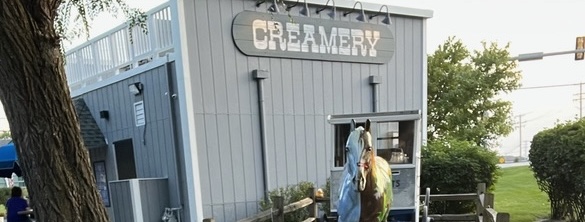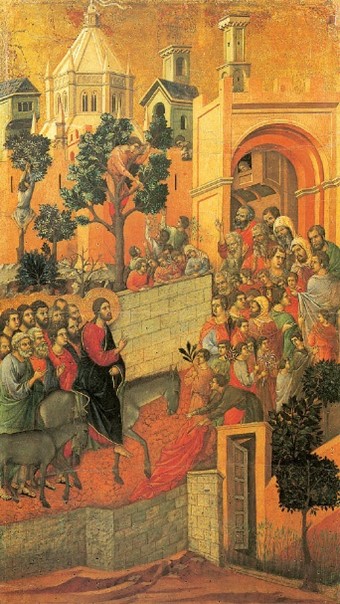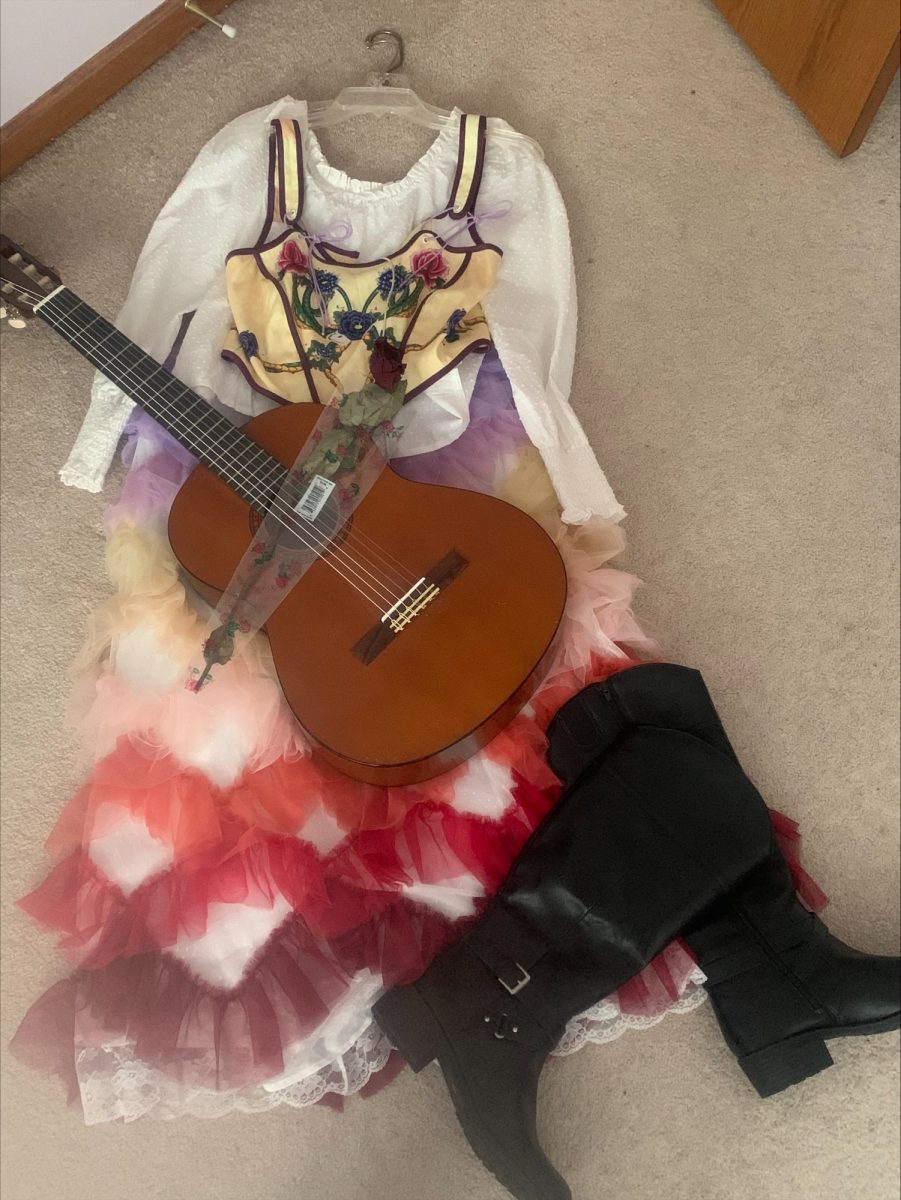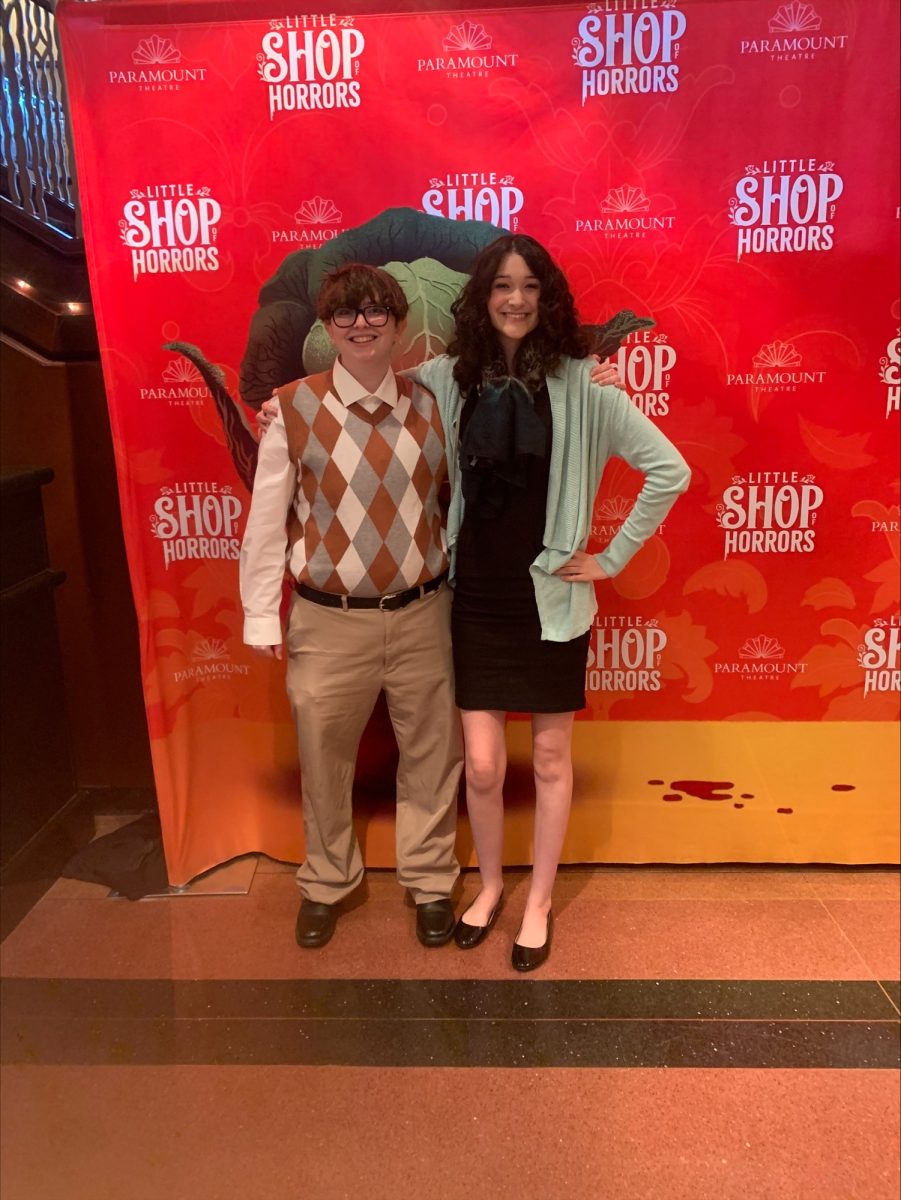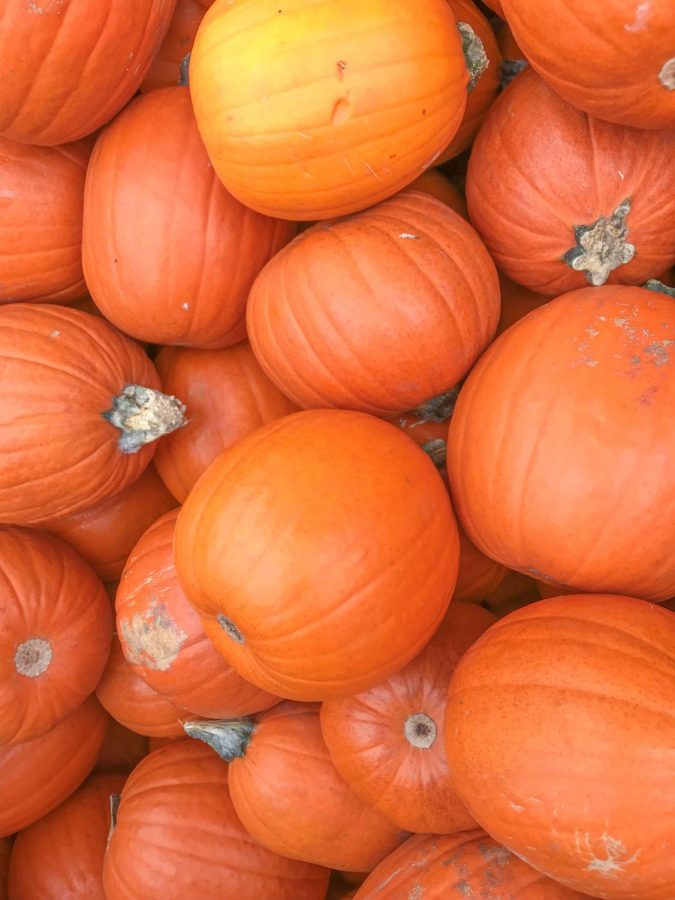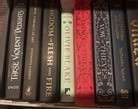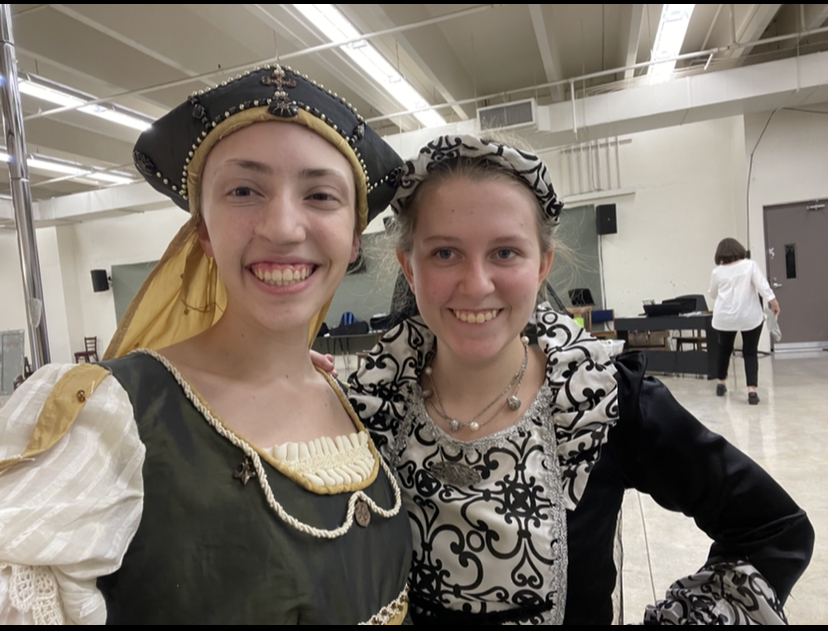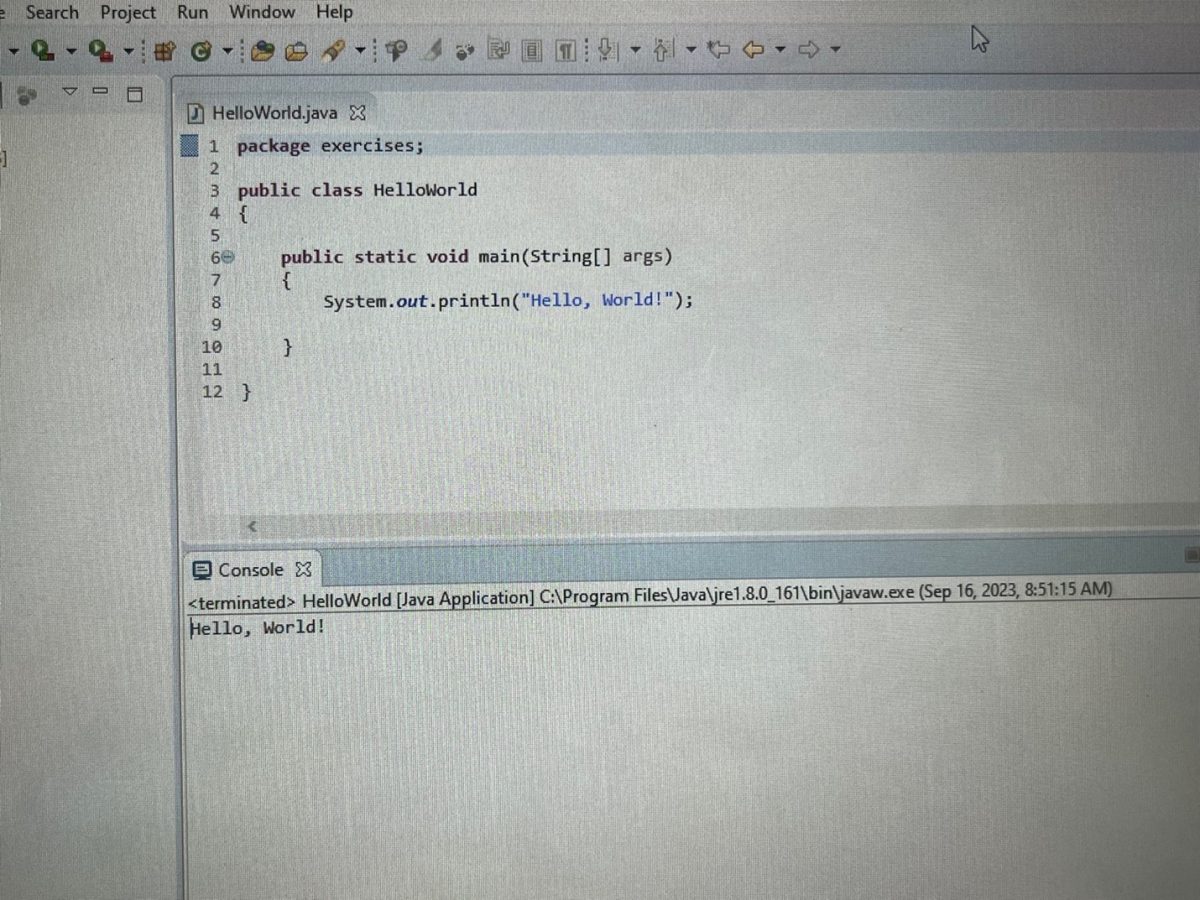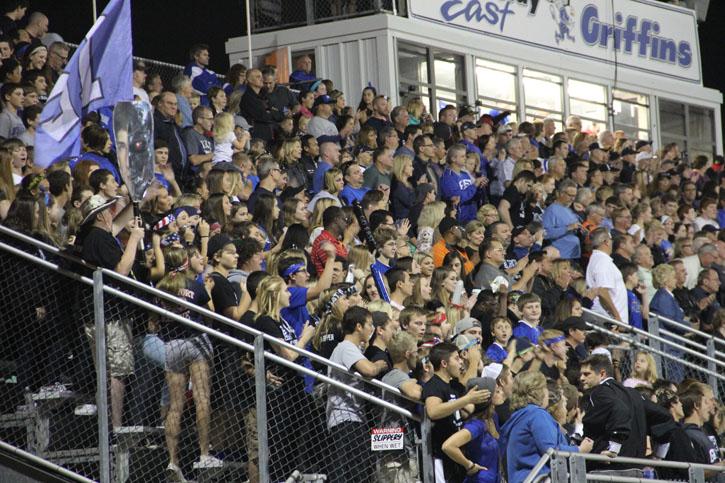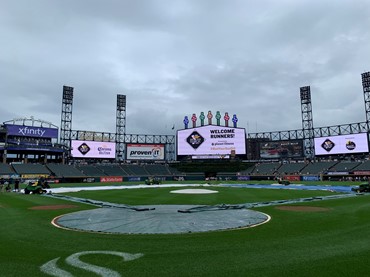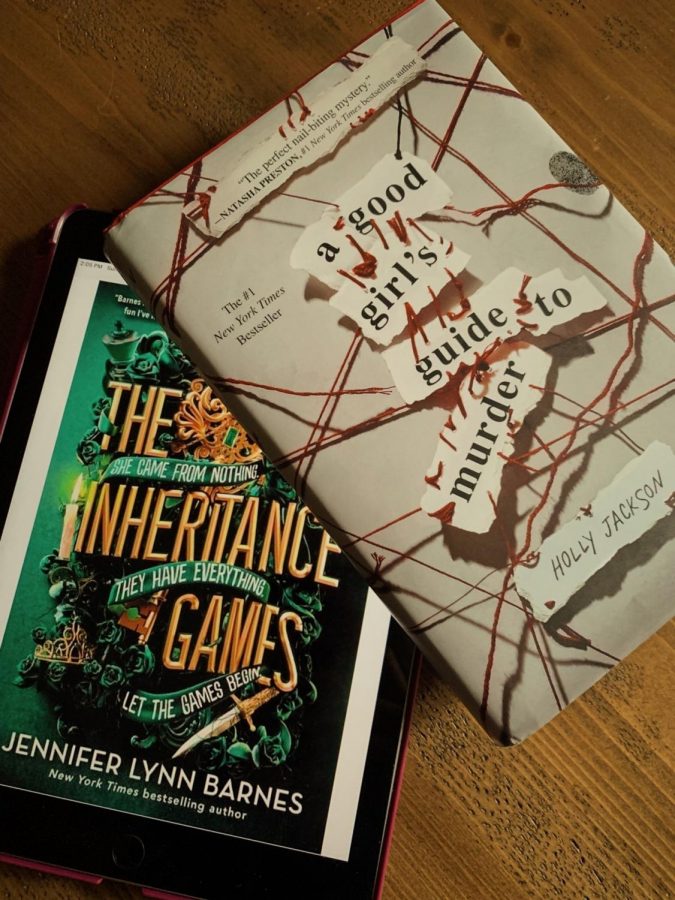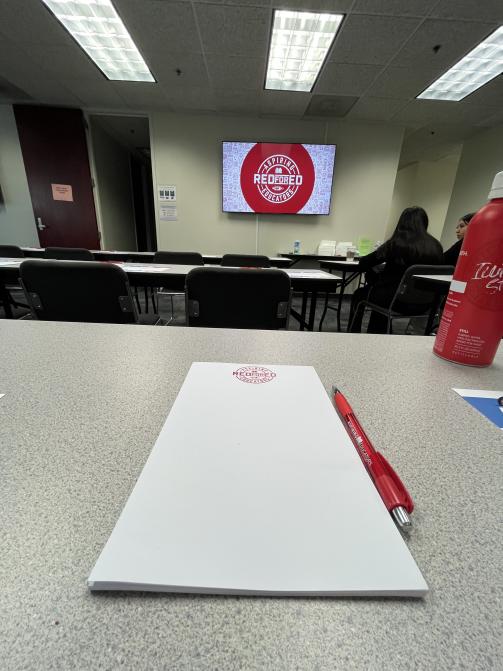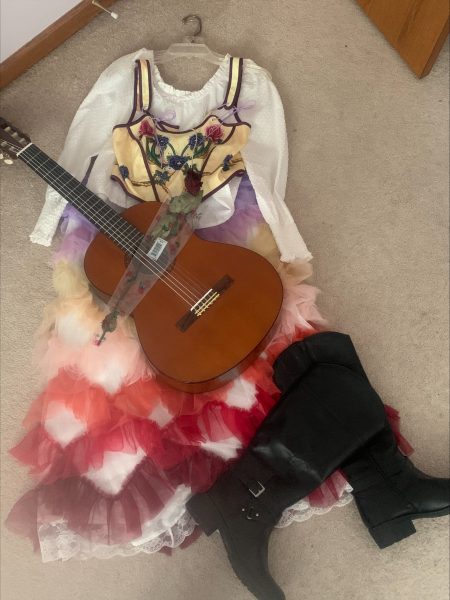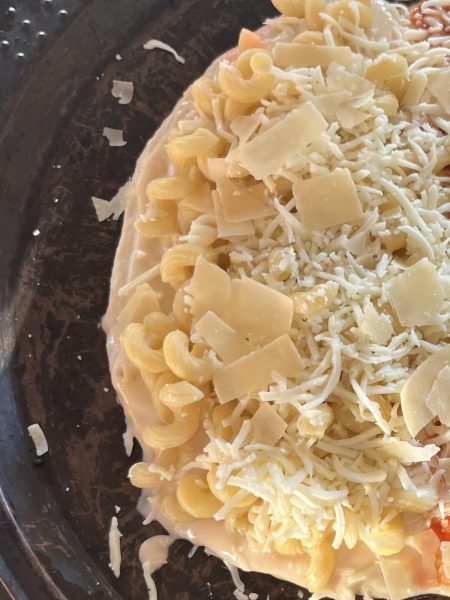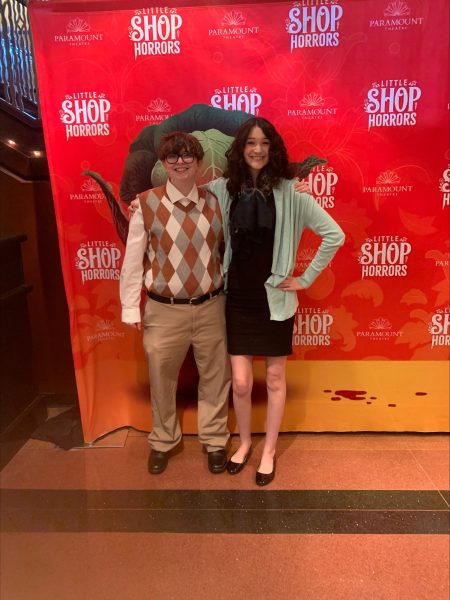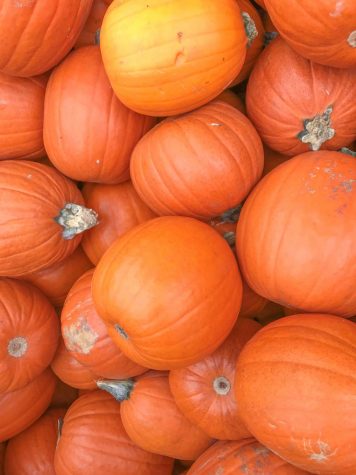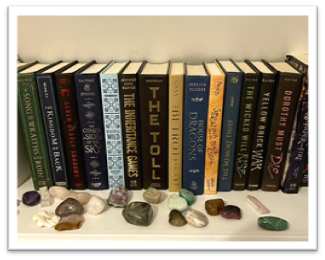The Principles and Factors of Florentine Art During the Medieval and Renaissance Period
November 2, 2022
The early Renaissance period, developing from the end of the 14th century to the end of the 15th century, opened the door to vital artistic principles. Most of these factors occurred around a renowned city in the Tuscany region, Florence. This popular city-state continued to prosper throughout the 15th century, artistically and politically. Ruled by the Medici family, Florence became the home of numerous successful artists, resulting in the area’s nickname, “cradle of the Renaissance.” There are many principles that are specific to both this movement and the area of Italy. The materials and medium of works began to differ, especially in color and vibrancy. It was common for Florentine artists to purchase pigments for their paints from certain apothecaries, better known as pharmacists. One of the most vital factors which impacted the development of art was perspective. Although selected artists experimented with distance and scale based on the position of the viewer, it truly came to light in the Renaissance. One of the most well-known examples of perspective being utilized before this was in the works of Giotto di Bondone. His frescos in the Scrovegni Chapel, specifically the Lamentation (Mourning of Christ) portray this quite well and distinctively. Around the year 1420, Filippo Brunelleschi, an extremely influential architect, mathematically calculated how to construct perspective accurately. Many Florentine Renaissance artists began to recognize this method and applied it to their works. New beliefs also began to alter artistic creation in a majority of ways. Humanism, which evolved in the Early Renaissance, was the ideology that art should be as realistic as possible, education should be required for a large amount of society, and that art shouldn’t only be focused on religious subjects and figures. Many Renaissance artists began to draw inspiration from Roman and Greek myths and stories, as opposed to Christianity. The artistic investigation of the Renaissance period prompted many new developments and art styles, such as the Baroque movement. Florence is still considered an extremely artistic and historically rich city due to the many brilliant minds who resided there, and the works produced during the Renaissance period.

